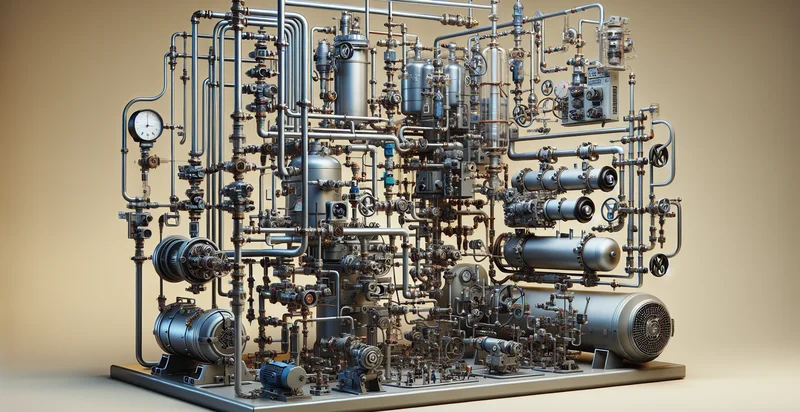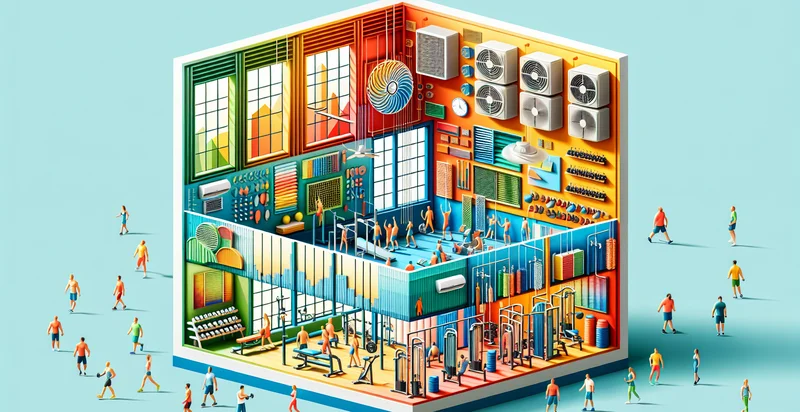Identify ventilation system conditions
using AI
Below is a free classifier to identify ventilation system conditions. Just upload your image, and our AI will predict the condition of the ventilation system. - in just seconds.

Contact us for API access
Or, use Nyckel to build highly-accurate custom classifiers in just minutes. No PhD required.
Get started
import nyckel
credentials = nyckel.Credentials("YOUR_CLIENT_ID", "YOUR_CLIENT_SECRET")
nyckel.invoke("ventilation-system-conditions", "your_image_url", credentials)
fetch('https://www.nyckel.com/v1/functions/ventilation-system-conditions/invoke', {
method: 'POST',
headers: {
'Authorization': 'Bearer ' + 'YOUR_BEARER_TOKEN',
'Content-Type': 'application/json',
},
body: JSON.stringify(
{"data": "your_image_url"}
)
})
.then(response => response.json())
.then(data => console.log(data));
curl -X POST \
-H "Content-Type: application/json" \
-H "Authorization: Bearer YOUR_BEARER_TOKEN" \
-d '{"data": "your_image_url"}' \
https://www.nyckel.com/v1/functions/ventilation-system-conditions/invoke
How this classifier works
To start, upload your image. Our AI tool will then predict the condition of the ventilation system..
This pretrained image model uses a Nyckel-created dataset and has 24 labels, including Adequate Airflow, Clean Condition, Consistent Temperature, Damage Present, Dirty Condition, Excellent Condition, Excessive Noise, Fair Condition, Fully Functional and Good Condition.
We'll also show a confidence score (the higher the number, the more confident the AI model is around the condition of the ventilation system.).
Whether you're just curious or building ventilation system conditions detection into your application, we hope our classifier proves helpful.
Related Classifiers
Need to identify ventilation system conditions at scale?
Get API or Zapier access to this classifier for free. It's perfect for:
- HVAC Maintenance Alerts: This function can automatically identify and classify false images related to ventilation system conditions, triggering maintenance alerts. By detecting anomalies, facilities managers can prioritize inspections and interventions, reducing downtime and improving system reliability.
- Energy Consumption Optimization: By accurately distinguishing between operational and faulty states of ventilation systems, businesses can optimize their energy usage. Misclassifications can lead to unnecessary energy consumption; thus, accurate detection helps in reducing costs and enhancing sustainability initiatives.
- Enhanced Indoor Air Quality Monitoring: The function can assist in identifying images that falsely represent poor ventilation conditions, ensuring that actual air quality issues are addressed promptly. This contributes to healthier indoor environments, which is crucial for employee productivity and well-being.
- Reporting and Compliance: Organizations can utilize this image classification function to generate accurate reports on ventilation system performance. By eliminating false representations, they ensure compliance with health and safety regulations, thereby avoiding potential legal repercussions.
- User Training and Support: This function can be integrated into training programs for maintenance personnel, helping them recognize true faults versus false alarms. Enhanced training aids in better decision-making on-site, increasing overall operational efficiency.
- Predictive Maintenance Systems: By integrating this false image classification function into predictive maintenance algorithms, organizations can improve their forecasting accuracy. It helps differentiate between actual faults that require urgent attention and those that might be misidentified, leading to more effective maintenance planning.
- Customer Experience Enhancement: In industries where ventilation quality directly impacts customer experience (e.g., hospitality, healthcare), this function can help ensure systems are evaluated correctly. Reliable assessments prevent unnecessary disruptions, ensuring that customers enjoy optimal comfort and service quality.


